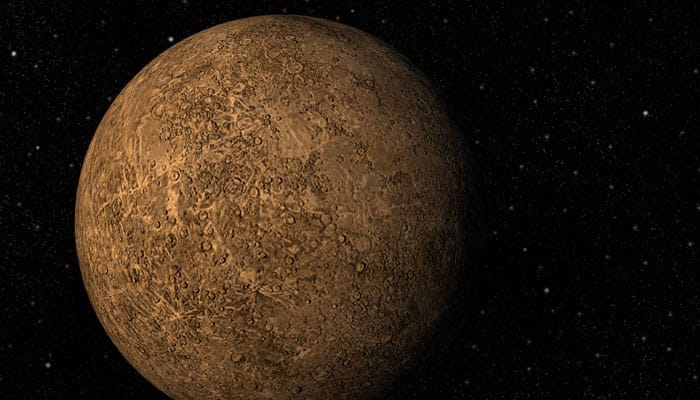Washington: A new study has revealed that the surface of Mercury appears dark because of the cometary carbon dust.
Megan Bruck Syal, a postdoctoral researcher at Lawrence Livermore National Laboratory, said that the study answered a longstanding mystery about why Mercury's surface was darker than the moon's surface, by implicating carbon as a "stealth" darkening agent, which was difficult to detect with available remote sensing methods.
Numerical calculations to assess impact delivery of carbon on Mercury found that micrometeorites, which are mostly derived from carbon-enriched comets , would deliver enough carbon to affect observations of Mercury's surface. These micrometeorites' relatively low impact velocities allow most impacting material to be retained by the planet, resulting in surface carbon abundances near 3-6 percent.
Hypervelocity impact experiments at the Ames Vertical Gun Range also tested whether carbon could be effectively entrained within glassy, impact-generated melt products, resulting in darker spectral signatures. The results were consistent with remote sensing observations of Mercury by the MESSENGER mission, further suggesting an important role for carbon at the surface of Mercury.
The study is published by Nature Geoscience.
















